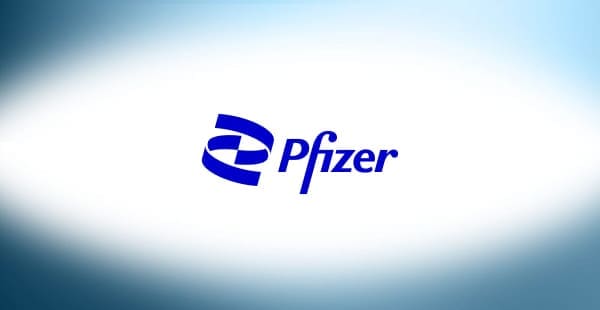Pfizer History of Asbestos Use
Charles Pfizer and Charles Erhart founded Charles Pfizer & Company in 1849. It is known for making medicines but has had other product lines through the years, some that contained asbestos.
By 1868, Pfizer’s profits had doubled, fueled largely by the Union Army’s need for painkillers during the Civil War. Beyond this early success, other key moments in Pfizer’s history include:
- 1939: The company mastered fermentation processes. This allowed them to mass-produce vitamin C from fermented sugar.
- 1944: Using their fermentation processes, Pfizer became the world’s largest producer of penicillin.
- 1952: Pfizer established its agricultural division. This new division marked its first step outside of the pharmaceutical business.
In 1968, Pfizer purchased Quigley Company. Quigley manufactured products made with heat-resistant materials. This acquisition likely brought asbestos into Pfizer’s product lines for the first time. Quigley manufactured many types of cement and joint compounds using asbestos. The company was first named as a defendant in an asbestos lawsuit in 1979.
Pfizer still operates today and is one of the largest pharmaceutical companies in the world. Its headquarters are in New York City.
Resources for Mesothelioma Patients
Pfizer Asbestos Products
Pfizer’s subsidiary Quigley often used asbestos to manufacture fire-resistant products. Asbestos improves heat and fire resistance. Quigley manufactured several asbestos products, such as Damit Joint Sealant and Insulag Refractory Cement, among others.
Pfizer still owns the rights to some talc mines in southern California. Talc mines often contain asbestos since the two minerals naturally occur in the same areas. Records connect Pfizer to asbestos-contaminated talc. Court documents show a Pfizer subsidiary sold contaminated talc used in Gold Bond Medicated Powder.
Pfizer and Occupational Exposure
Many industries that use furnaces or kilns must line them with fire-resistant materials, like those made by Quigley Company. In the past, these products contained asbestos because it is durable and resists heat. Once Pfizer acquired Quigley, it continued producing these materials. As a result, Pfizer has been named in asbestos lawsuits.
Pfizer’s mines also produced asbestos-contaminated talc. Mining operations couldn’t separate the two minerals, which resulted in asbestos contaminating the talc. Records from the 1970s show that Pfizer knew these mines had asbestos.
The Pfizer building in Brooklyn, New York, was a mainstay for the company for more than a century. The company operated the Brooklyn plant until 2007, when it officially closed. The Pfizer building likely contained asbestos because of the manufacturing processes there. Anyone who worked at this location may have faced asbestos exposure.
Pfizer put many of its employees at risk of asbestos exposure. Also, anyone who used a contaminated talc product, like talcum powder, also faced exposure risks. Individuals at risk of asbestos exposure because of Pfizer’s asbestos use include:
- Boiler tenders
- Boilermakers
- Bricklayers
- Construction workers
- Electricians
- Excavators
- Furnace operators
- Geologists
- Industrial machinery erectors
- Industrial workers
- Insulators
- Machine operators
- Maintenance and repair workers
- Millwrights
- Mining engineers
- Molders
- Pipefitters
- Shipyard workers
- Steamfitters
- Steel mill workers
- Stonemasons
- Talc miners
- Veterans
- Welders
Asbestos Lawsuits Against Pfizer
Asbestos victims have named Pfizer in mesothelioma lawsuits, but most filings have focused on Pfizer’s subsidiaries. These companies include those in the fireproofing and minerals product lines. Pfizer operated these businesses for nearly 25 years.
Quigley had quit producing asbestos products by 1982, and its sole function was to manage asbestos litigation. In 1992, Pfizer dropped the minerals business, including Barretts Minerals, which operated talc mining operations for Pfizer. The minerals business line became a separate company, Minerals Technologies Inc. (MTI).
By the summer of 2004, Pfizer and Quigley faced more than 160,000 lawsuits. These lawsuits prompted Quigley to declare bankruptcy. Before the bankruptcy was finalized in 2013, courts ruled that some lawsuits against Pfizer could continue. During that time, Pfizer paid out roughly $1.25 billion in settlements.
MTI took on the asbestos litigation from Barretts’ talc operations. Pfizer was also a named defendant in some of these lawsuits. By October 2023, Barretts Minerals filed for Chapter 11 bankruptcy.









